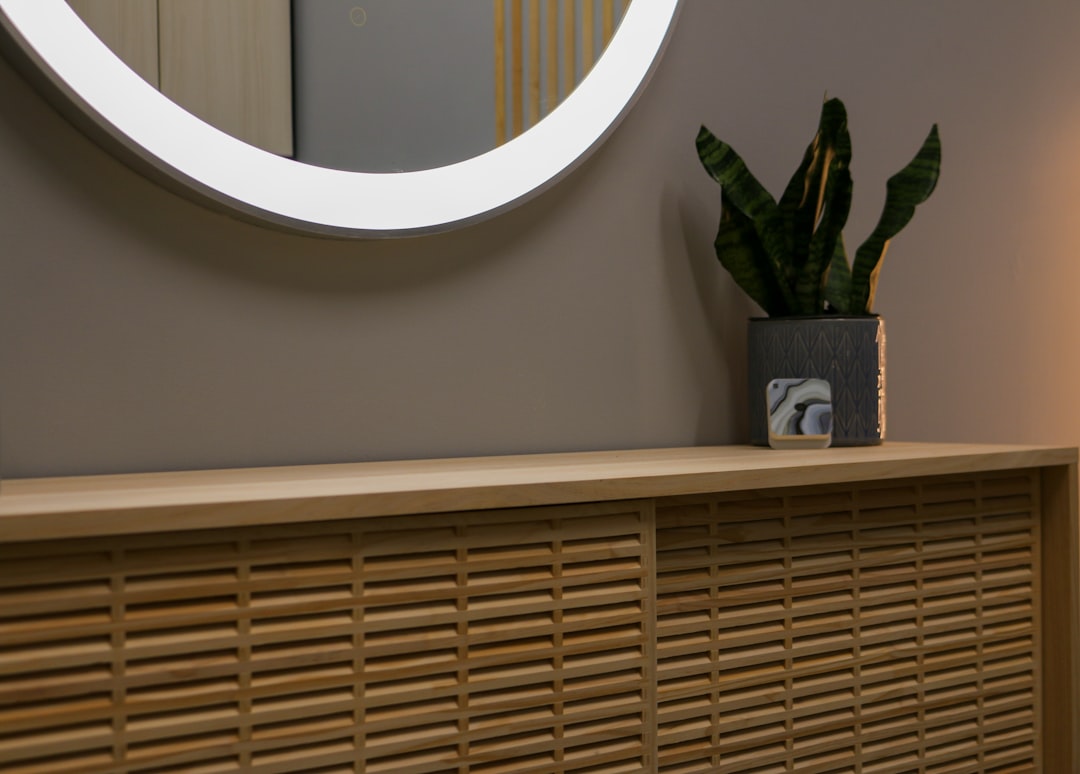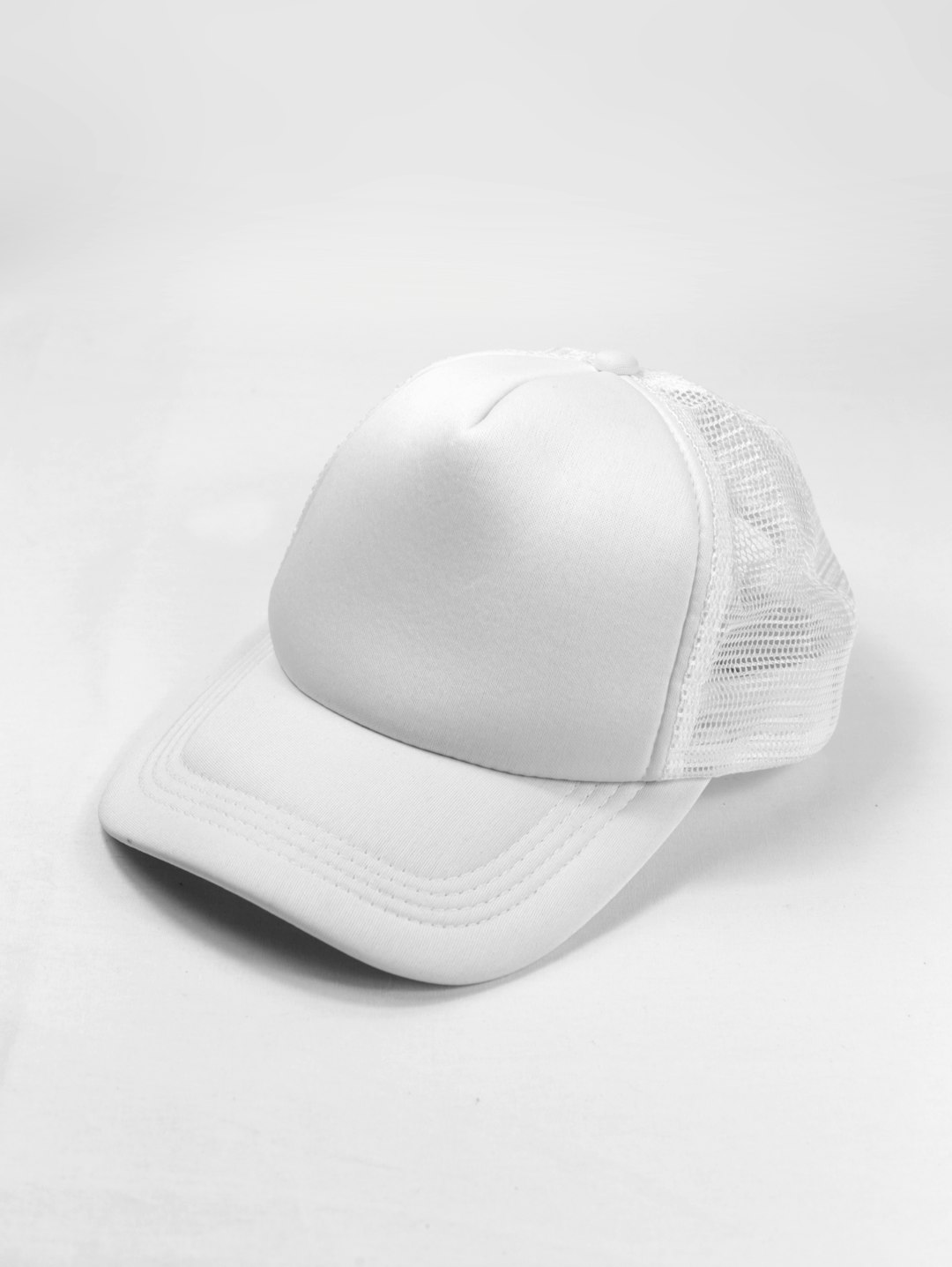Designing a medical device PCB layout is a difficult process. However, there are three key points that you should keep in mind throughout the design process:
-Take into account regulatory requirements
-Ensure safety and reliability of medical devices
-Consider cost and time to market
Take into account regulatory requirements: medical device PCB layout design must adhere to medical regulations. If there are any deviations from the medical device’s regulatory requirements, this can result in a delay or failure of medical approval.
Ensure safety and reliability: medical devices should always be safe for their intended use, as well as reliable throughout their lifetime within the operating environment – even with varying environmental conditions such as temperature and humidity changes.
Consider cost and time to market: these two factors go hand-in-hand when it comes to medical device PCB layout design — start by designing your board at an affordable price point that will enable you to meet your target price for mass production; consider prototyping options (such as rapid prototype services) if needed so you can save money and time.
Design for medical device clinical validation: most medical devices need to comply with medical device industry standards, such as IEC 60601-series and ISO-13485; they also require clinical trials and CE marking (for European markets) — therefore it’s important that your design team understands the requirements of these regulatory bodies during the early stages of medical device PCB layout design.
What else should I know?
There are a few other things to consider when designing medical device PCB layouts:
- Make sure your design can be manufactured easily and at a low cost.
- Minimize the number of different types of components used (this will help keep costs down).
- Keep signal integrity in mind — high-frequency signals can cause problems if not routed correctly, so make sure you use good quality PCB materials and layout techniques.
Medical devices must comply with regulatory requirements such as IEC 60601. Compliant devices are essential for ensuring your product’s safety and effectiveness. By following these key tips, you can create a medical device PCB layout that meets all regulatory requirements.
In conclusion, medical device PCB layout design is complex, but if you follow these key points your medical device will go through all the necessary clinical trials and regulatory approvals.
I hope this article has been helpful! If you have any questions or would like more information, please don’t hesitate to contact us. Thanks for reading!








